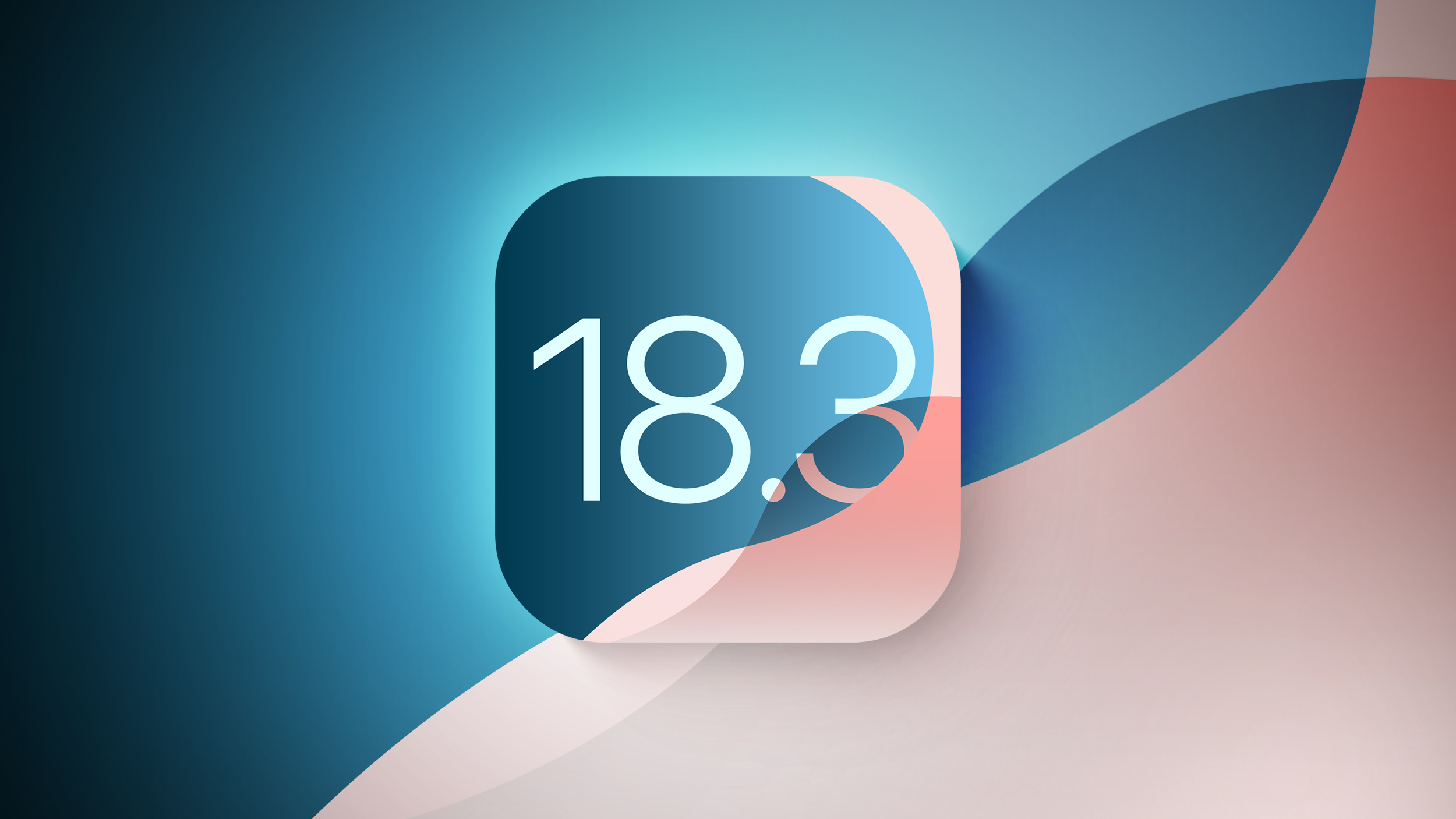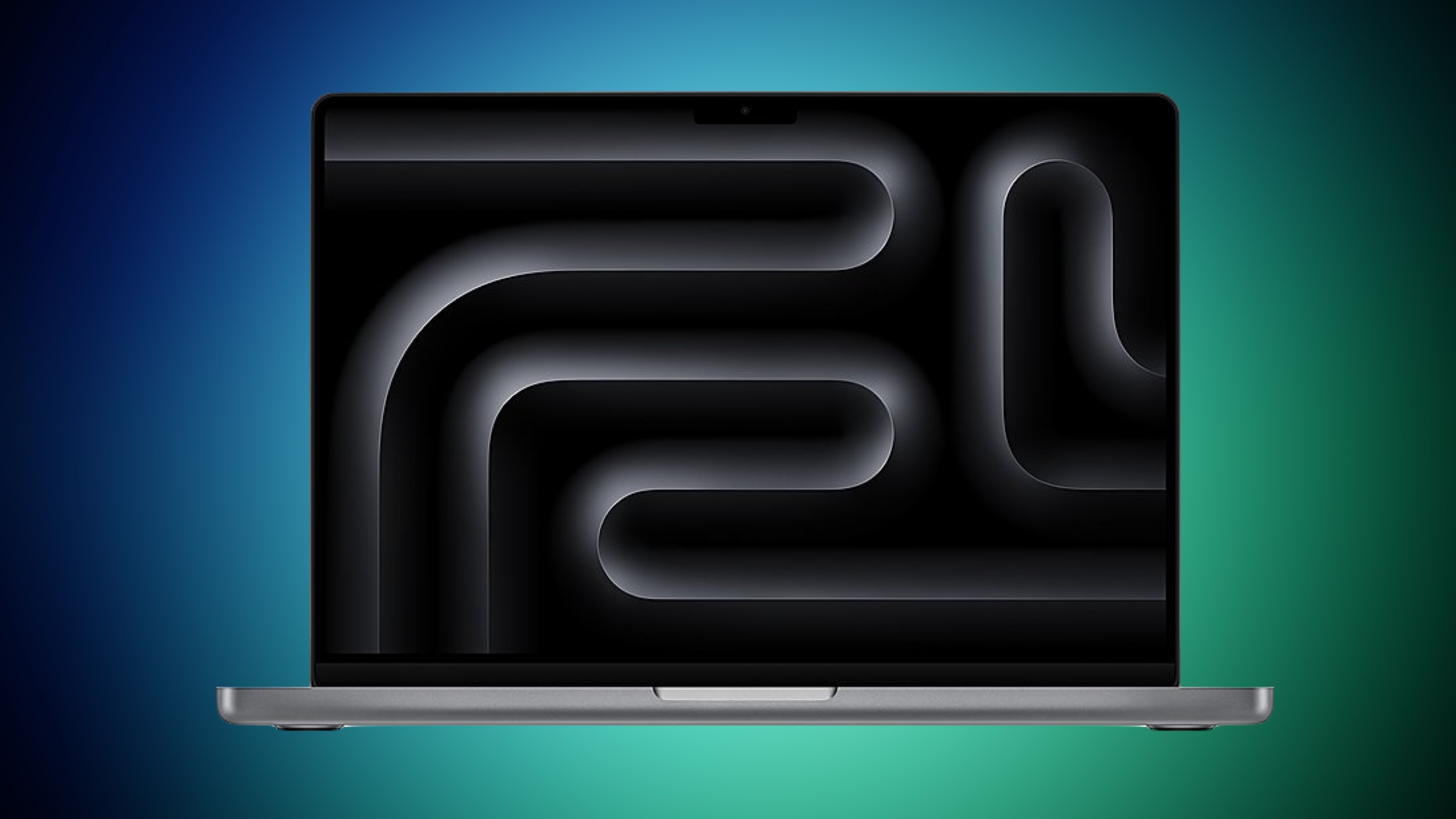If you weren’t impressed by Mac in 2021, you weren’t watching.
It was a huge year for Apple’s Mac.
There was no doubt 2021 would be a significant year on the Mac front. And yet, it turned out even better than most expected. The year was packed full of more than a few surprises, from the colorful new iMac to the redesigned MacBook Pro models. Better still, the stage is set for perhaps an even bigger 2022. So here’s a look back at the Mac in 2021.
What we expected
As 2021 began, the Apple rumor mill was already pointing toward three big Mac moments in the new year. First, something bigger was likely to replace the long-running 21.5-inch iMac, and at least two new MacBook Pro models were possible to make a splash before the year was over. Each new Mac was expected to feature some variance to the M1 Apple silicon chip.
And then reality and rumor began to merge.
What we got
A newly redesigned 4 1/2-star 24-inch iMac was officially announced in April. As expected, it came in multiple colors that harkened back to the colorful iMac G3 days. Though we didn’t get a next-generation Bondi blue model, we did get new iMacs in purple, yellow, orange, pink, blue, green, and silver for those who don’t like that much change.
The 24-inch iMac became the fourth Mac to feature an M1 chip, following the 2020 arrival of the 13-inch MacBook Pro (M1, 2020), Mac mini (2020), and MacBook Air (M1, 2020). Like the other models, the iMac was limited to 16GB of unified memory and 2TB of SSD storage.
The colorful 24-inch iMac will undoubtedly remain popular throughout its life cycle. It’s relatively low cost, looks excellent, and is blazingly fast thanks to the M1. And yet, some of the excitement might have worn off after the 2021 MacBook Pro arrived six months later with better specs.
Combined, the 14-inch MacBook Pro and second-generation 16-inch MacBook Pro are undoubtedly the best Macs of 2021. As I noted in my November review, the 4 1/2-star MacBook Pro (2021) is the first genuine professional MacBook in five years.
Though nearly everyone was expecting a design change on this year’s MacBook Pro, it’s what Apple did inside the device that allows it to shine. As a huge surprise, Apple offers the new laptop with an M1 Pro or M1 Max system-on-a-chip (SoC). These fantastic chips have up to a 10-core CPU and 32-core GPU. And, unlike the M1 computers (sorry, iMac), there’s more customization when it comes to memory and storage, which can make out at 64GB and 8TB, respectively.
Finally, there’s the 4-star macOS Monterey update, a suitable follow-up to the extraordinary macOS Big Sur that still has some growing up to do as 2022 is about to begin.
First, the good. In macOS Monterey, Apple brought some outstanding features to the table, including Focus, Live Text, and Quick Notes. SharePlay is also there, as is Shortcuts. Like all things Apple as of late, these features work perfectly with the equivalent mobile versions for iPhone and iPad.
And yet, macOS Monterey still has a way to go. Its Safari browser is still clunky, although it’s much better than the beta version first announced in June. And then there’s Universal Control, which remains missing in action as 2021 becomes 2022. When it finally arrives, Universal Control will allow us to move back and forth between iPad and Mac using the same mouse, keyboard, and trackpad. It’s an interesting concept that should prove popular, although I’m increasingly worried it could become Apple’s next AirPower.
Mac in 2021: Odds and Ends
As is often the case with Apple, new product launches come with some peculiarities. Among these are:
First, though Apple gets enormous kudos for introducing a magnetic power cable on this year’s iMac, it loses points for not having an Ethernet plug-in on the power brick on the least expensive model. The add-on for this is only $30, which makes the omission a head-scratcher and one that seems unnecessary.
Apple also elected not to offer that same least expensive iMac in every color available on the other models. This decision does make sense from a supply standpoint, although some might not see it from that standpoint. Instead, it suggests Cupertino really wants customers to forgo the entry-level model and pay a $200 upcharge.
Another issue is the type of power adapter Apple sends out with the new 14-inch MacBook Pro. Most come with a 96W USB-C Power Adapter. However, if you choose the entry-level model with an 8-core CPU, you get a 67W USB-C Power Adapter. Again, this is another example of Apple wanting us to upcharge here. For an extra $79, you can purchase the 96W version. For another $99, you can buy a 140W USB-C Power Adapter, which is the one that ships with every 16-inch MacBook Pro model.
Some might argue these omissions were solely intended to save entry-level Mac users some money. Only Apple knows the real reason.
Looking ahead
We’re almost certainly going to see more new Macs in the coming year, which I’ll discuss in a later post. So it’s safe to say 2022 could be another big year on the Mac front. Stay tuned.






